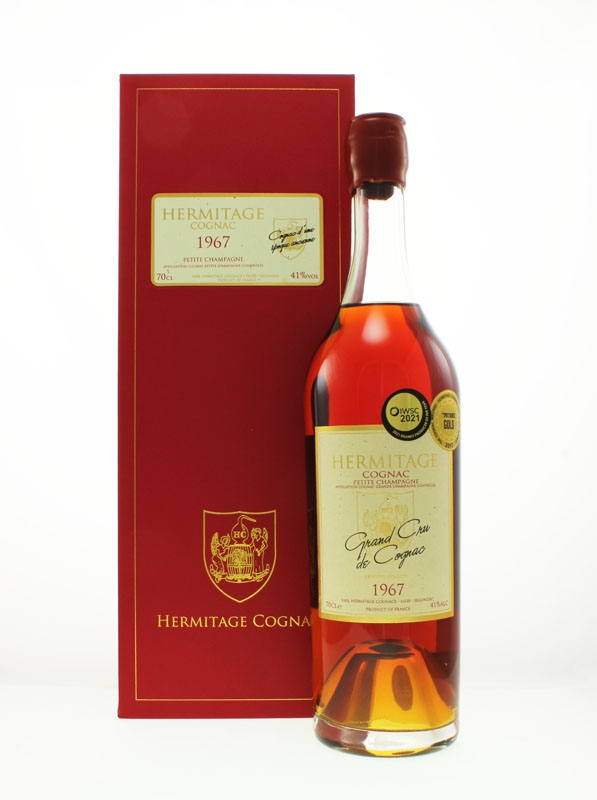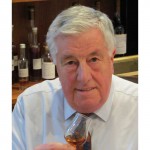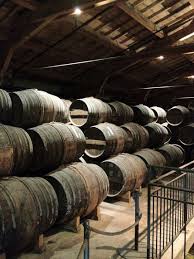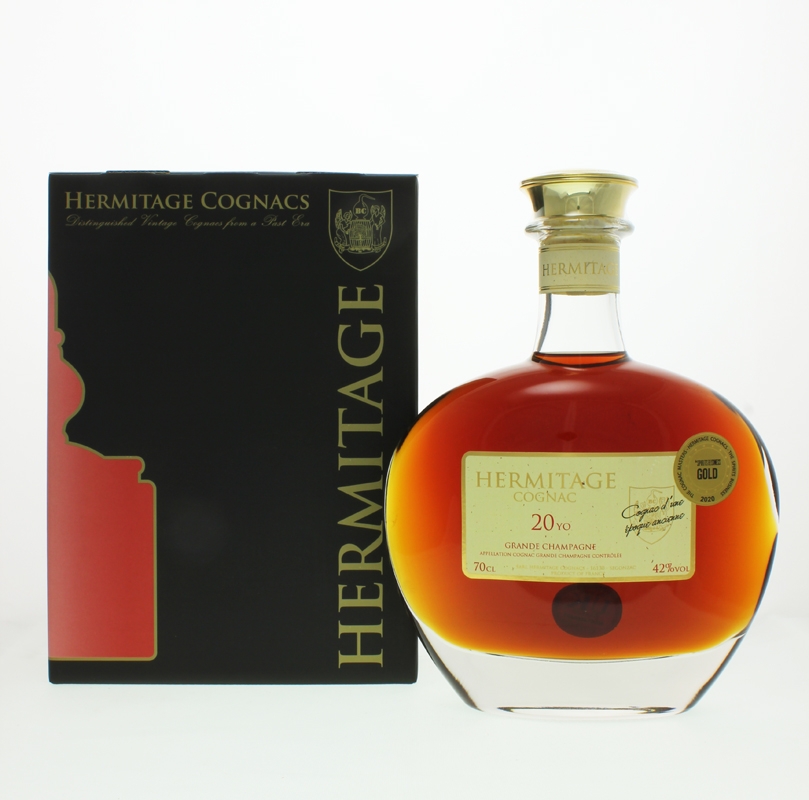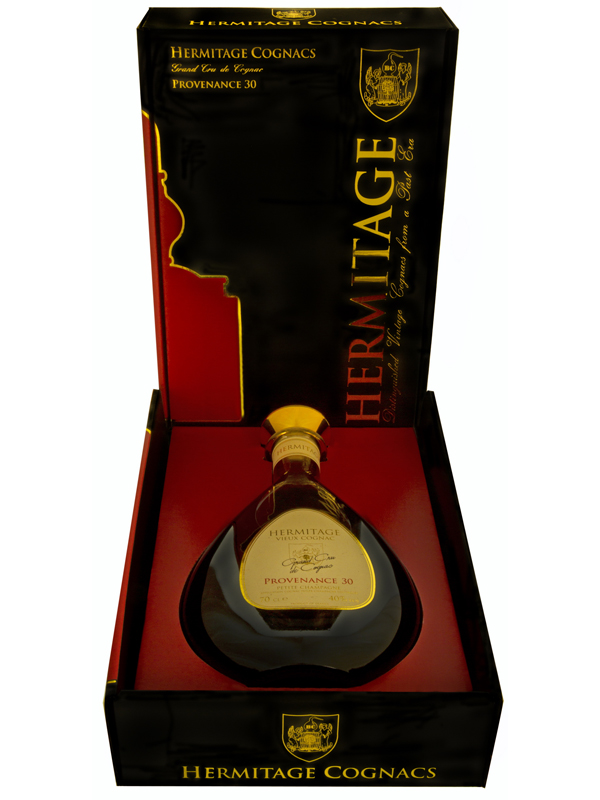Cognac is produced in the delimited region of France known as the Charente and Charente Maritime which borders on the Atlantic Ocean. To the west the region borders on the Gironde estuary and includes the islands of Ré and Oléron and to the east it neighbours the region of Angoulême and the foothills of the Massif Central. The production area also covers some areas of the Dordogne and Deux Sévres. The total area of vineyards currently covers 79,636 hectares (ha), close to 200,000 acres, of which 95% is used for cognac production. The Cognac production area was delimited by decree of 1st May 1909 and ratified by decree in 1938. Cognac can only be described as such if it has been made in one of the cognac crus within this region.
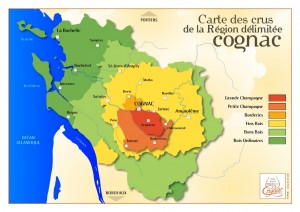 There are six growing areas (crus) which are based on the soil features as described by the geologist Henri Coquand in 1860 and ratified by decree in 1938. They are Grande Champagne the second smallest cru with a growing area of 13,159ha, Petite Champagne with 15,246ha and Borderies the smallest cru with 3,987ha of vines. Fins Bois has 31,001 ha of vines, Bons Bois 9,308ha and Bois Ordinaires 1,100ha which includes the islands of Ré and Oléron.
There are six growing areas (crus) which are based on the soil features as described by the geologist Henri Coquand in 1860 and ratified by decree in 1938. They are Grande Champagne the second smallest cru with a growing area of 13,159ha, Petite Champagne with 15,246ha and Borderies the smallest cru with 3,987ha of vines. Fins Bois has 31,001 ha of vines, Bons Bois 9,308ha and Bois Ordinaires 1,100ha which includes the islands of Ré and Oléron.
The two top cognac crus, Grande Champagne and Petite Champagne, have clayey, chalky thin 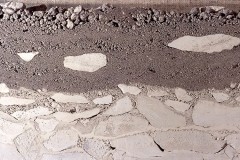 soils on top of soft chalk from the Cretaceous. The limestone content from the surface down is said to be in excess of 60% in some places. Montmorillonite clay provides fertile soil with good structure and a high water reserve. Wines from these crus provide light, floral cognacs which require long ageing in casks to achieve full maturity. It is generally regarded that the cognacs from Petite Champagne are similar to those from Grande Champagne but with a little less finesse.
soils on top of soft chalk from the Cretaceous. The limestone content from the surface down is said to be in excess of 60% in some places. Montmorillonite clay provides fertile soil with good structure and a high water reserve. Wines from these crus provide light, floral cognacs which require long ageing in casks to achieve full maturity. It is generally regarded that the cognacs from Petite Champagne are similar to those from Grande Champagne but with a little less finesse.
Cognacs from the Borderies grow on soil containing more clay and flint. These cognacs are generally nuttier and often have toffee flavours with tones of violets on the nose. They age somewhat quicker than those from the Champagnes and can often be at their optimum quality in as little as 30 – 40 years.
Fins Bois and Bons Bois effectively surround the Champagnes and Borderies. The soil is made up of heavy, clayey, chalky soil with many stones originating back to the Jurassic period. Bons Bois soil also has a high sandy content. Many other crops grow in the Bois along with pine forests and chestnuts. Modern cognac blends contain substantial quantities of Fins Bois and even some Bons Bois can be found in the bigger blends.
The lowest cru of Cognac is Bois Ordinaire and cognacs from here are said to have “the taste of the sea”. Much of the eaux de vie from here is used for making liqueurs containing macerated fruits; the cognacs are unspectacular.
All Hermitage Cognacs are individually selected for their quality and flavour. Most come from Grande Champagne but there are some notable exceptions from the Petite Champagne and Borderies crus. Read more Technical Topics on our Brandy Education page.
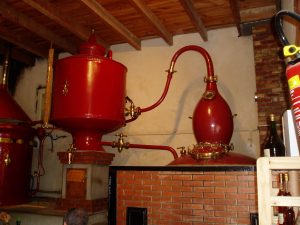 David has been in France again looking for more wonderful cognacs to add to the Hermitage Vintage Cognac stable. The latest introduction is a fabulous 30 Year Old Grande Champagne Cognac with rich nut, spice and coffee flavours.
David has been in France again looking for more wonderful cognacs to add to the Hermitage Vintage Cognac stable. The latest introduction is a fabulous 30 Year Old Grande Champagne Cognac with rich nut, spice and coffee flavours.
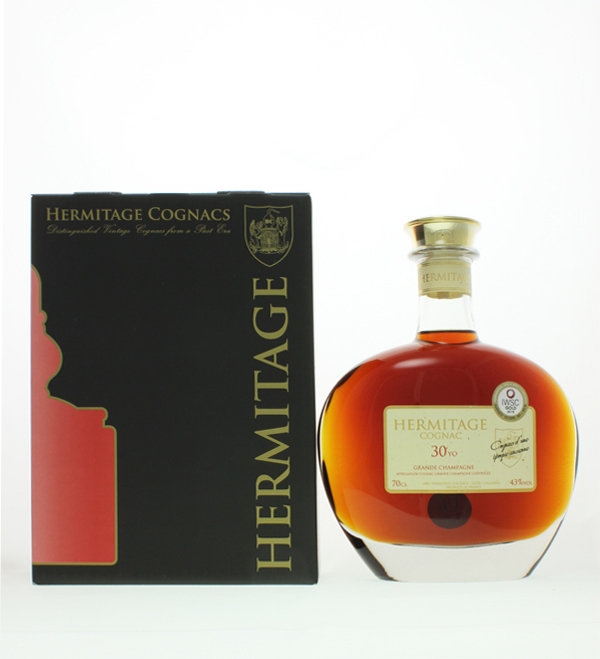
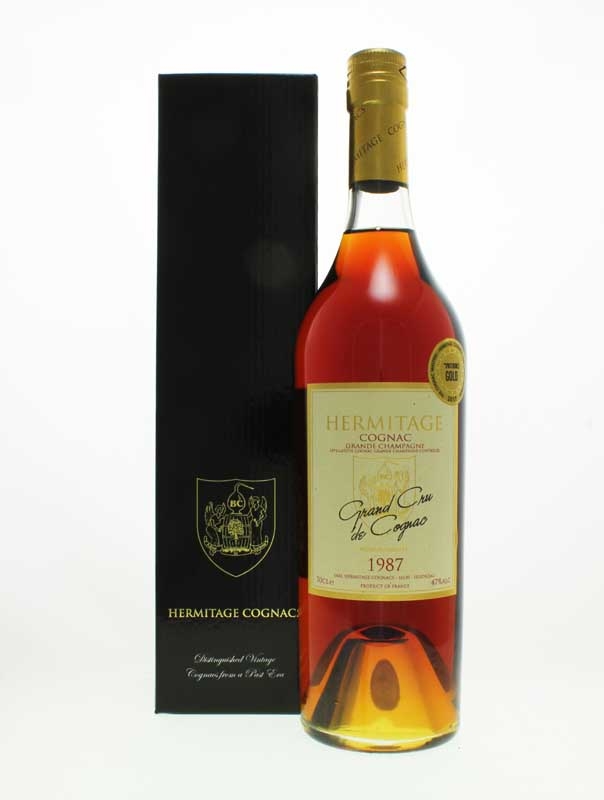
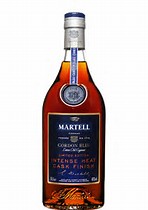 Previously we reported that Martell had introduced their first non-chill filtered cognac. Since then they have also released an ‘Intense Heat Cask Finish’. Adding a finish to cognac is new territory for the industry as the production process is heavily regulated by the Bureau National Interprofessionnel du Cognac (BNIC). Martell, however, have produced their ‘finish’ within current rules. Their ‘Intense Heat Cask Finish’ refers to the intense burning of the oak barrels used for ageing. The result is a cognac with intensely woody tones. Toasting the oak barrels to varying degrees has always been an accepted part of cognac production so this ‘Intense Heat Cask Finish’ should be allowable. In the spirits industry, the phrase ‘Adding a Finish’ usually applies to the use of other used barrels e.g. ones previously containing sherry – we wait to hear the BNIC view on that!
Previously we reported that Martell had introduced their first non-chill filtered cognac. Since then they have also released an ‘Intense Heat Cask Finish’. Adding a finish to cognac is new territory for the industry as the production process is heavily regulated by the Bureau National Interprofessionnel du Cognac (BNIC). Martell, however, have produced their ‘finish’ within current rules. Their ‘Intense Heat Cask Finish’ refers to the intense burning of the oak barrels used for ageing. The result is a cognac with intensely woody tones. Toasting the oak barrels to varying degrees has always been an accepted part of cognac production so this ‘Intense Heat Cask Finish’ should be allowable. In the spirits industry, the phrase ‘Adding a Finish’ usually applies to the use of other used barrels e.g. ones previously containing sherry – we wait to hear the BNIC view on that!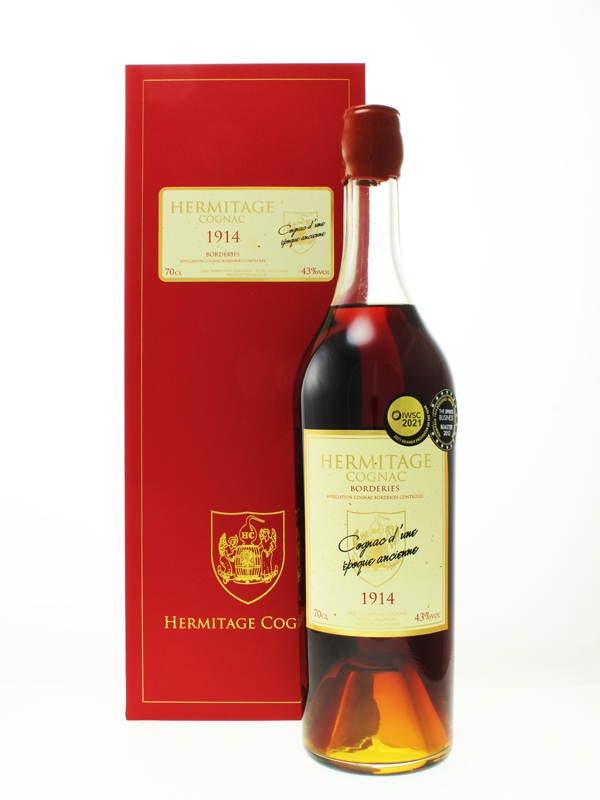
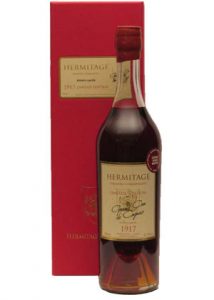 For those with a century to celebrate this
For those with a century to celebrate this  There are six growing areas (crus) which are based on the soil features as described by the geologist Henri Coquand in 1860 and ratified by decree in 1938. They are Grande Champagne the second smallest cru with a growing area of 13,159ha, Petite Champagne with 15,246ha and Borderies the smallest cru with 3,987ha of vines. Fins Bois has 31,001 ha of vines, Bons Bois 9,308ha and Bois Ordinaires 1,100ha which includes the islands of Ré and Oléron.
There are six growing areas (crus) which are based on the soil features as described by the geologist Henri Coquand in 1860 and ratified by decree in 1938. They are Grande Champagne the second smallest cru with a growing area of 13,159ha, Petite Champagne with 15,246ha and Borderies the smallest cru with 3,987ha of vines. Fins Bois has 31,001 ha of vines, Bons Bois 9,308ha and Bois Ordinaires 1,100ha which includes the islands of Ré and Oléron. soils on top of soft chalk from the Cretaceous. The limestone content from the surface down is said to be in excess of 60% in some places. Montmorillonite clay provides fertile soil with good structure and a high water reserve. Wines from these crus provide light, floral cognacs which require long ageing in casks to achieve full maturity. It is generally regarded that the cognacs from Petite Champagne are similar to those from Grande Champagne but with a little less finesse.
soils on top of soft chalk from the Cretaceous. The limestone content from the surface down is said to be in excess of 60% in some places. Montmorillonite clay provides fertile soil with good structure and a high water reserve. Wines from these crus provide light, floral cognacs which require long ageing in casks to achieve full maturity. It is generally regarded that the cognacs from Petite Champagne are similar to those from Grande Champagne but with a little less finesse.